I began playing League two years ago and I started watching professional LoL a few months later, just in time to catch the 2014 All Start Tournament in Paris. I had no idea what was going on. Not during the games; I more or less understand how the game was played. But I had no idea who any of the players were, or anything about the histories of the teams they played for. I didn’t know who Hai was, let alone Chauster or bigfatlp. One of my favourite things about following League was learning about these histories; unraveling the mythology that League has built in such a short time was fun.
Reading about these teams was fun, but also extremely confusing. There were hundreds of teams, dozens of IEMs and more iterations of teams like Millenium than I could keep track of. So I made these Elo ratings to provide some historical context, a framework to ground my understanding of competitive LoL past- and present.
What follows is a brief history of League in North America in three parts. The first part covers the period before 2013, League’s Wild West. The time before Riot broght the civilising order that is the modern LCS. It focuses specifically on the years 2011 and 2012 (beginning with the first WCG) because there were so few competitions before this point it’s not very useful to talk about them.
Elo Ratings in NA 2011 & 2012

Let’s start with the above chart. It’s a big, broad, confusing place to start. But it provides an overview of everything that follows. The chart displays the ratings of the 19 teams that have more than 20 games played during the period in my database. The important bits are that the bright orange line that peaks early is CLG, the bright blue line that peaks later is TSM, the Dark blue line that tracks the other two is Dignitas, and Curse is the grey line that starts low and early but ends at the top.
The Rivalry
As you can see League in North America was overwhelmingly a two horse race. It was defined by a rivalry between TSM and CLG that dominated everything during this period. These two teams spent 446 days simultaneously in the top three (out of a total of 663). This was true of more than 90% of the days between February and November of 2012.
What surprised me about this rivalry was that, in the face of the conventional wisdom, CLG seemed to have the edge. Not by every metric; overall the competition is close. But still, in spite of TSM’s streak of 15 LAN wins against other NA teams the Elo ratings favoured CLG. Let’s breakdown the how first, then ask why.

This table shows the number of days each of the 19 teams was ranked 1st, 2nd, or 3rd; the combined total of these three numbers; and their average rating. A number of things strike me as interesting. Firstly, over the entirety of 2011 and 2012 only four teams were ranked first, and only two of them for any meaningful amount of time. That is incredible considering how much these teams changed, how rapidly new teams emerged, many of whom were quite good (consider the prelude to C9, then playing as Orbit or Quantic, who quickly rose to a very high level), and just how inconsistent teams are and how uncertain a game League is.
Another thing that jumps out is the identity of those four teams: CLG TSM, Dignitas and (just barely) Curse. These are the only four teams to play in every LCS split (or directly spawn a team that did in Curse’s case) and already their strength relative to the rest of the region is showing.
The last thing I’d like to point out about this, because it returns us to our earlier topic, is CLG’s edge over TSM. They spent more time as the #1 team in North America and had a higher overall average rating. The major mark in TSM’s favour is the fact that they had the highest overall rating.
One thing to note is that 2011 is CLG’s key. In a sense this is unfair. League was less developed, there were fewer teams (at one point Complexity was the third highest ranked team, pretty much by default) and not many competitions. CLG’s strength during this period is as meaningful as their performance during the much more active Season 2. Besides, TSM wasn’t very good in 2011 (relatively); there was not much of a rivalry. 2012 was theirheyday, and that is what the next chart looks at.

Again we find the same pattern. The average ratings are closer, but CLG was the consistently stronger team.
How did this happen? Firstly, CLG was, shockingly, the more consistent team. There were periods during 2012 where, despite their overall strength, TSM was playing like crap. This was especially true in online competitions where CLGs best, and TSM’s worst, performances occurred. This is slightly ironic given that TSM was sponsoring many of these online events. Online competitions aren’t as important or meaningful as LANs, they lack the former’s ‘competitive integrity.’ But they do provide meaningful information about how teams (especially minor ones) fare against each. So as a compromise they’re included but given a lower weighting.
So it appears that CLG was perhaps the better team during the pre-LCS era; but there’s a flip-side to CLG’s online dominance that demonstrates TSM’s true strength.
Continued on next page…
Offline Competitions
League is a creature of the net and every team began by playing online. But it’s a crude forum for determining who’s the best. It’s like deciding the NBA finals in a game of street-ball where everyone can call there own fouls.
This section looks at different offline competitions during this period to see who turned in the most impressive performances when the stakes were highest.

This is a list of the 10 highest performance ratings (actually adjusted performance ratings ) earned between 2011 and 2012. As you can see TSM dominates this list, utterly and completely. 5 of the top 10 performances during this period were by TSM, 3 were from Dig and only 2 from CLG.
TSM may not have always been the strongest team in Season 2 NA. But when it counted the most they showed up bigger and better than anyone else.
That’s all from me for tonight, I’ll post part 2 in the next couple of days.



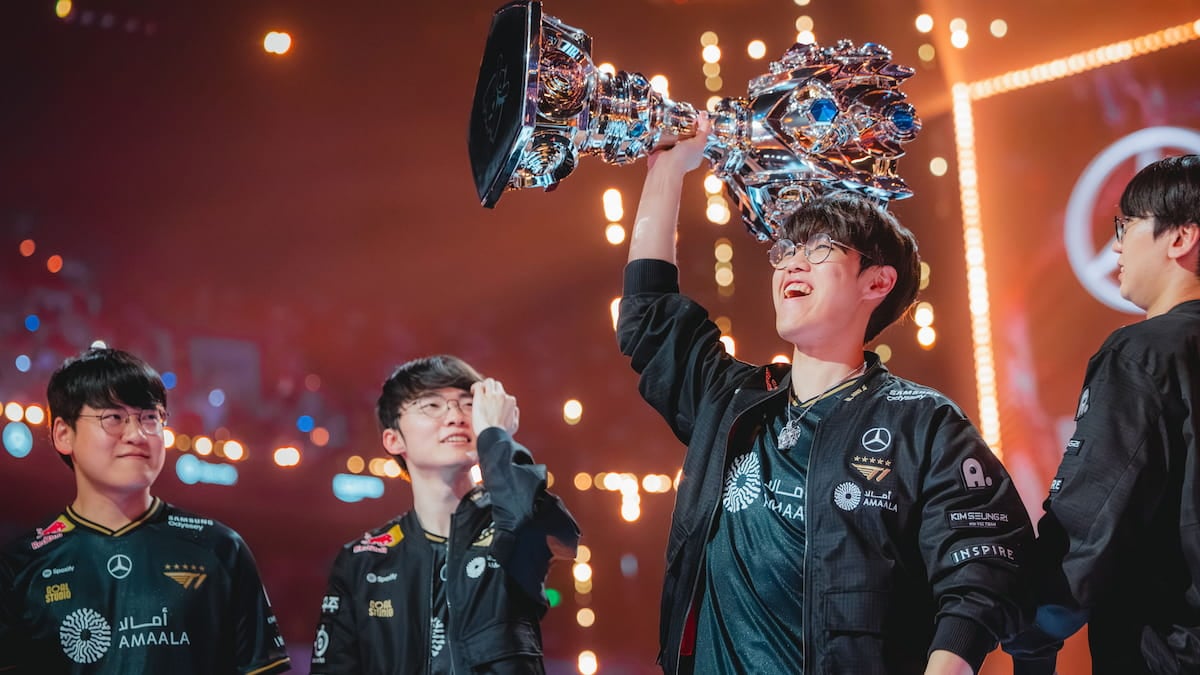
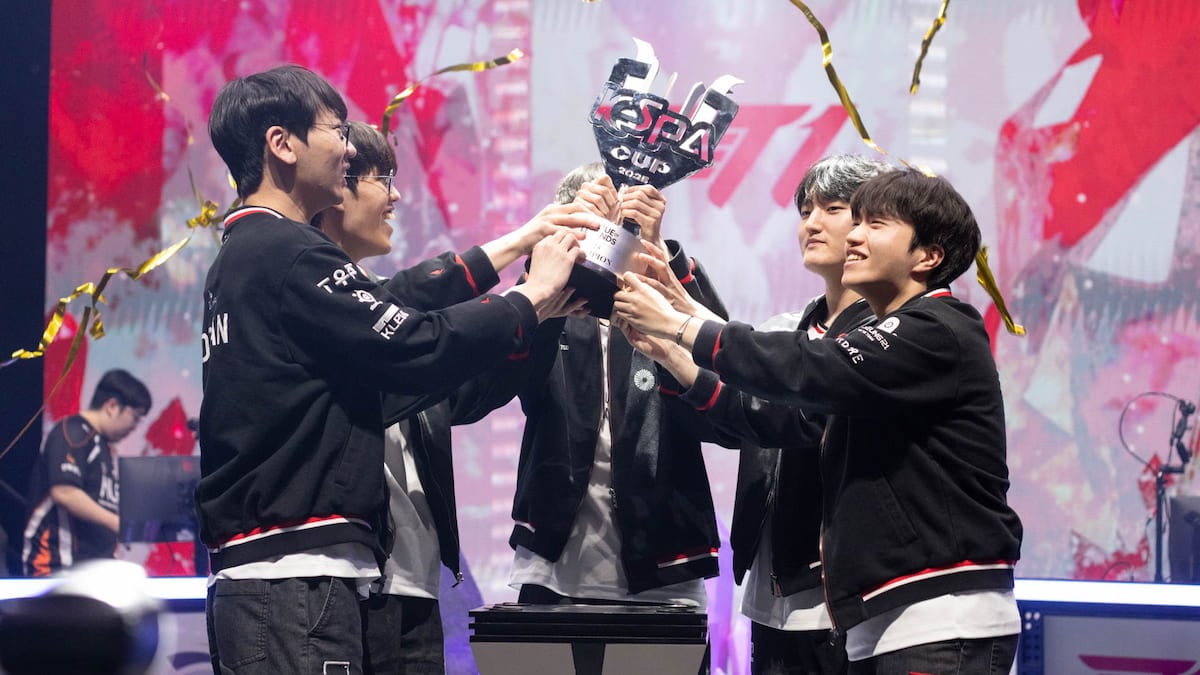
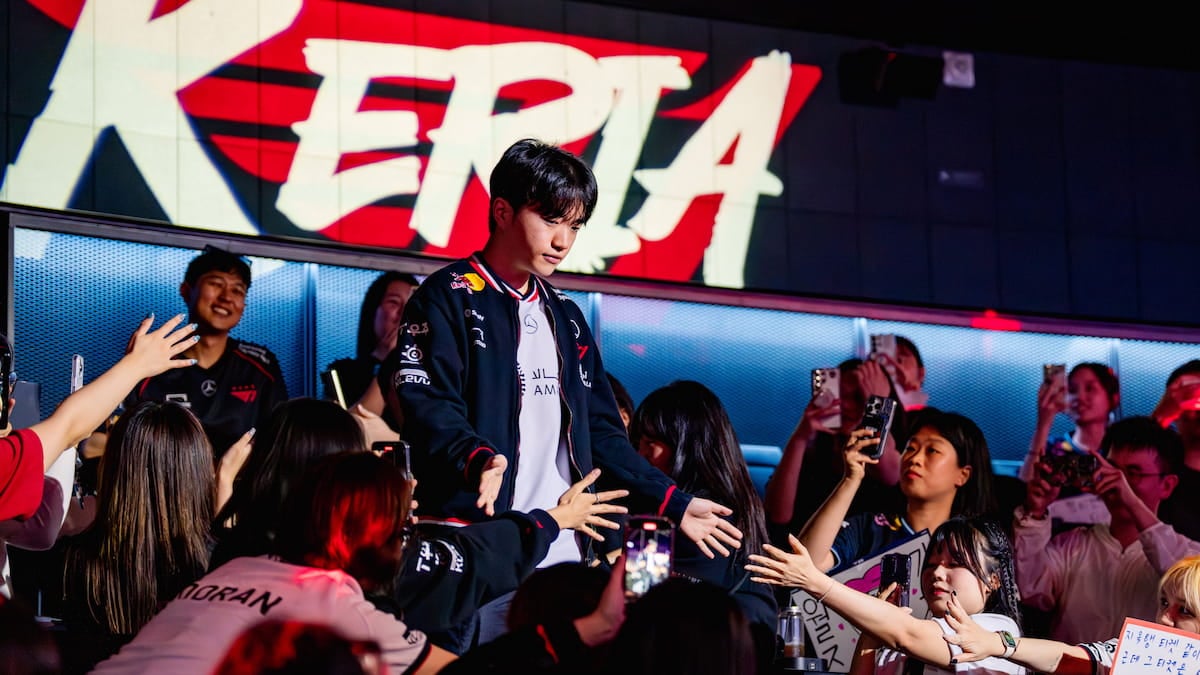
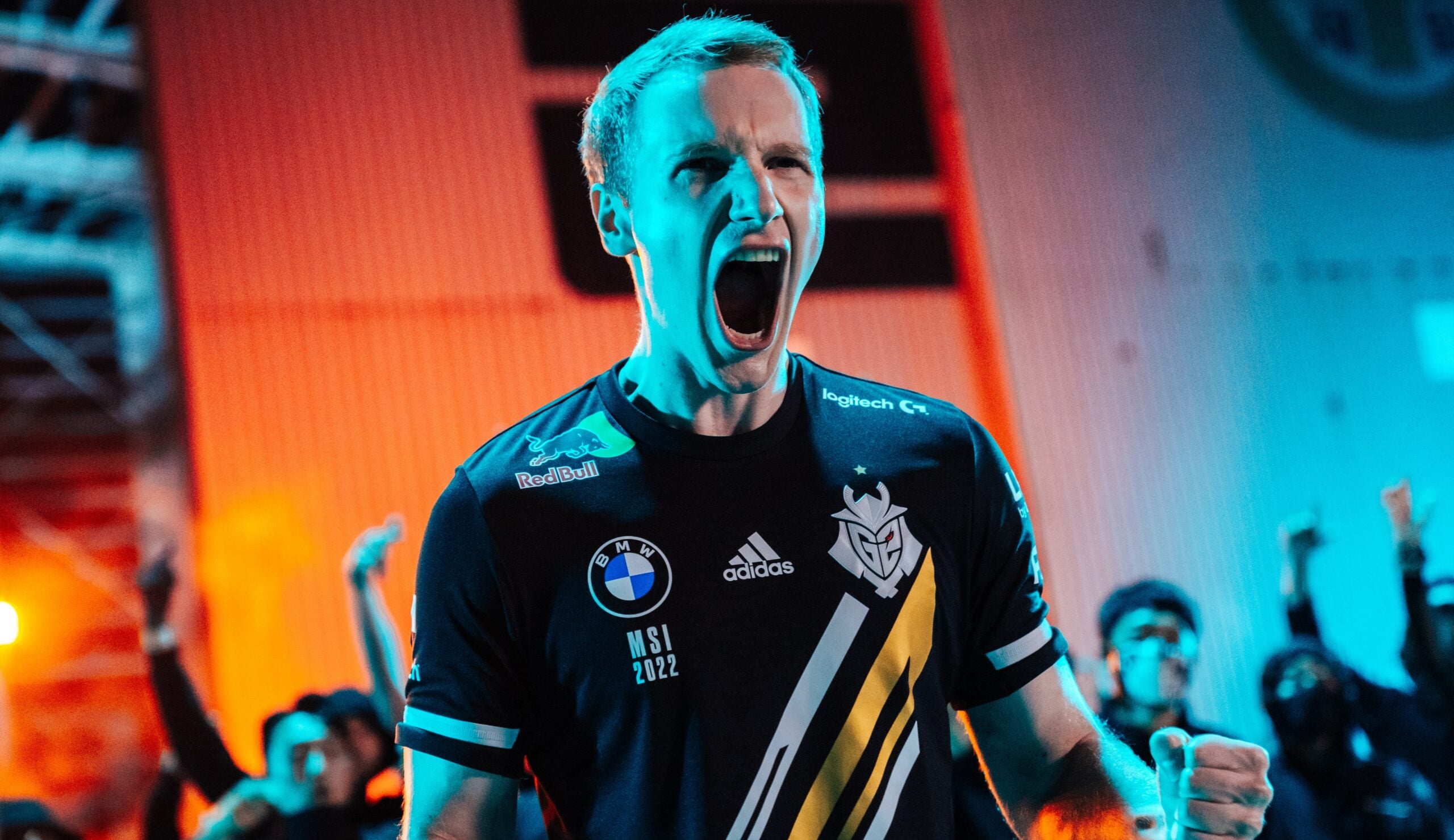
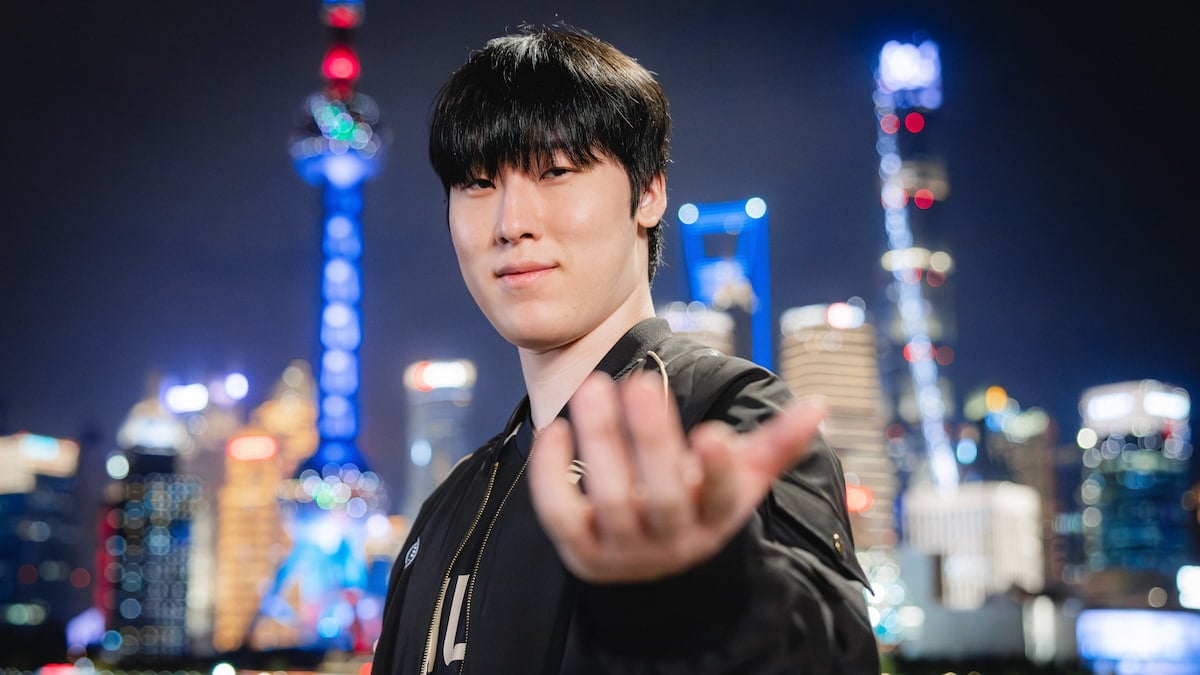
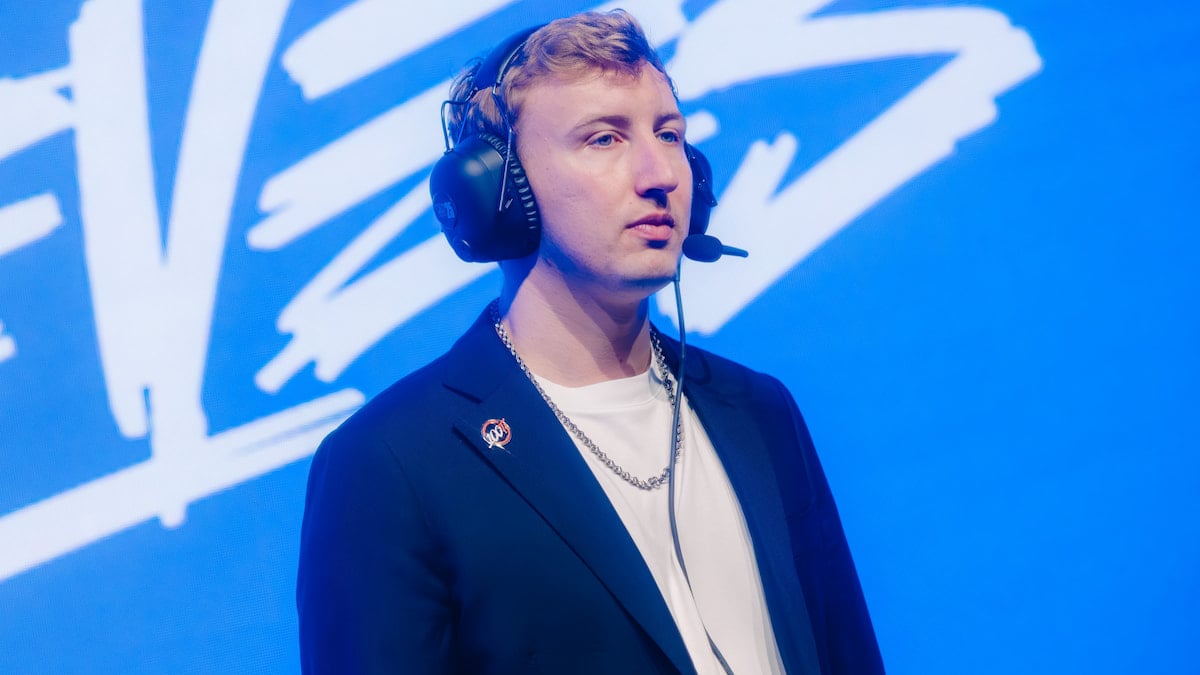
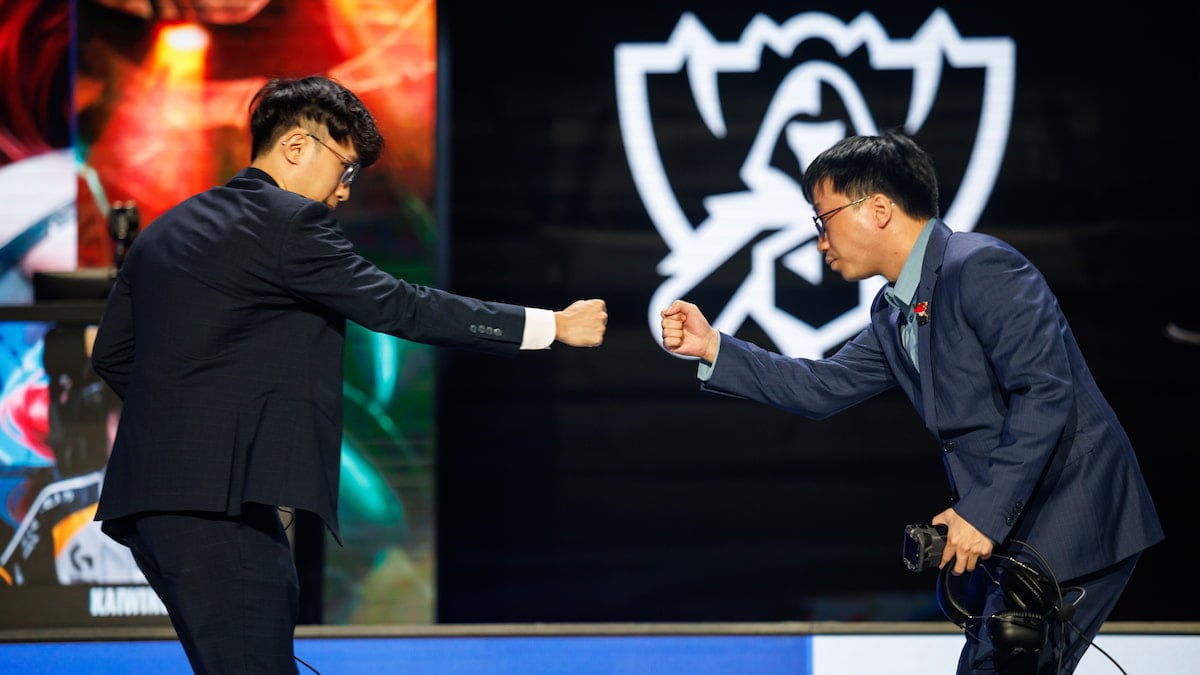
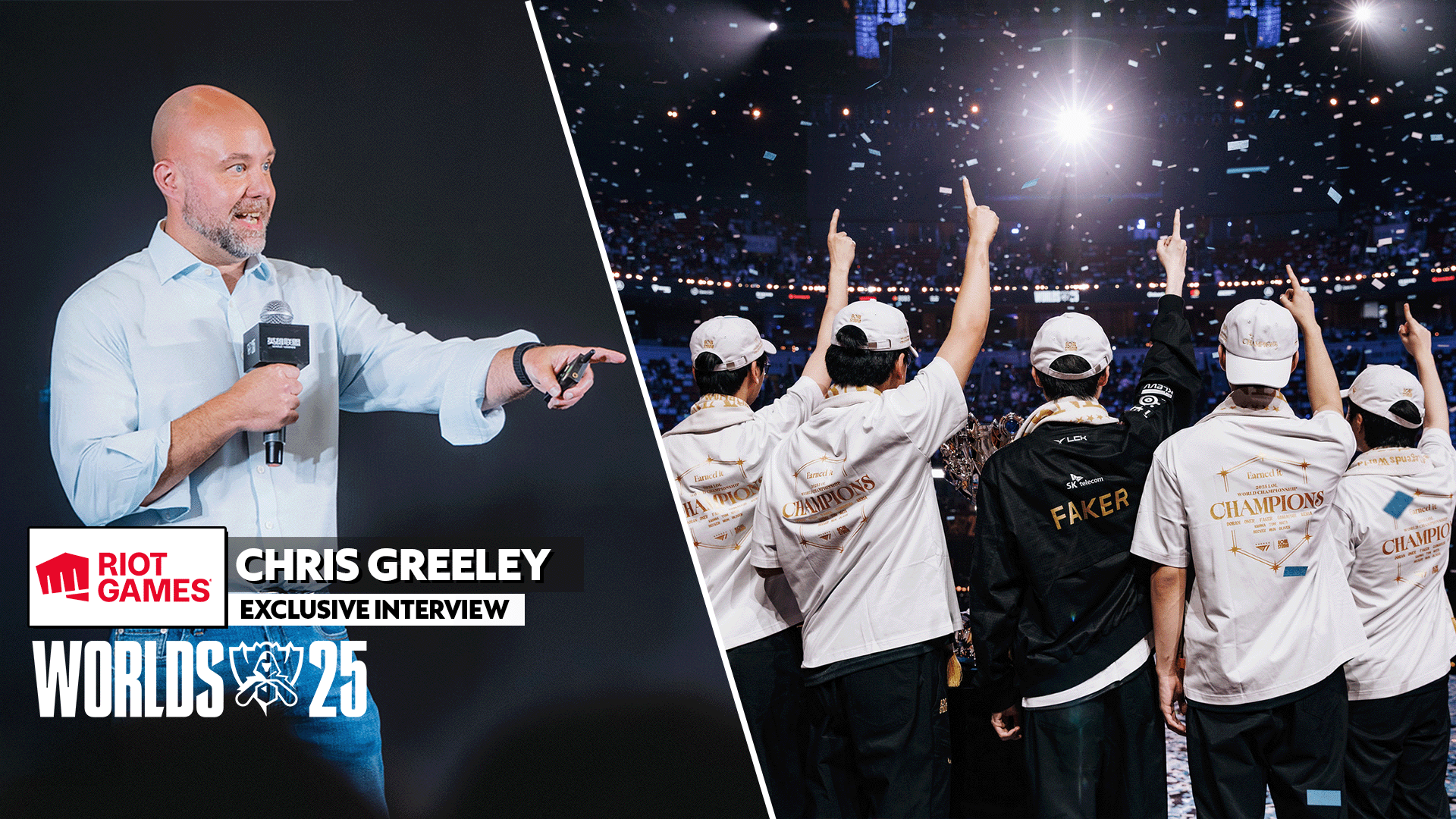
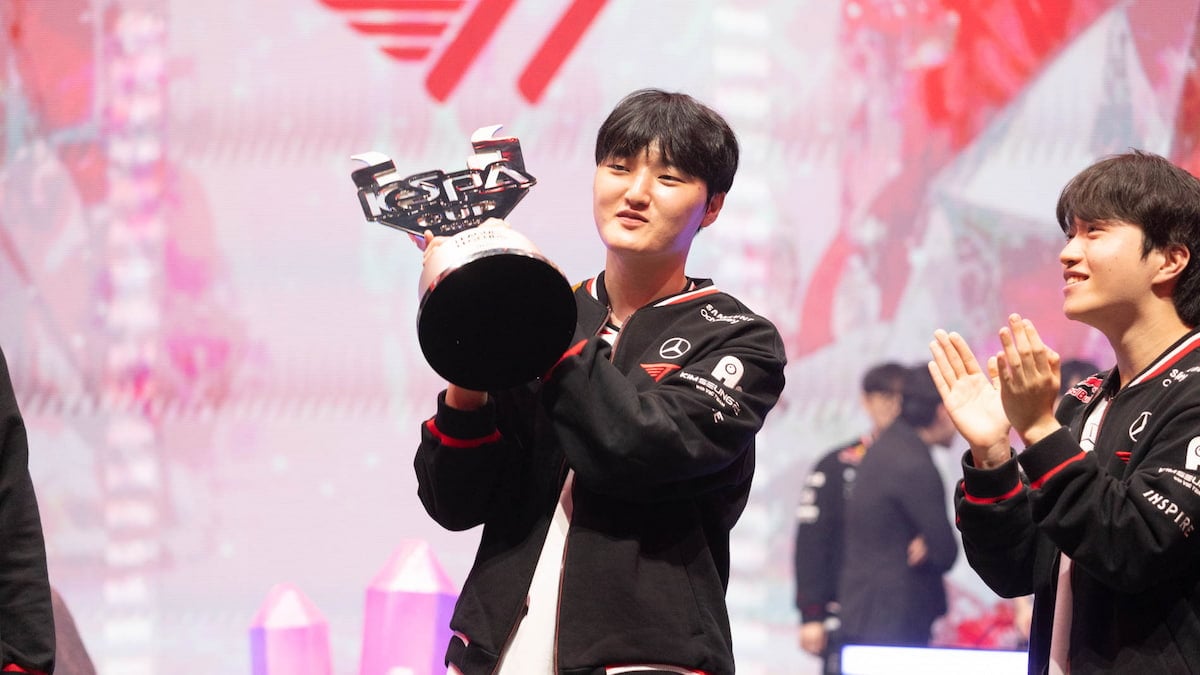
Published: Aug 6, 2015 10:14 pm